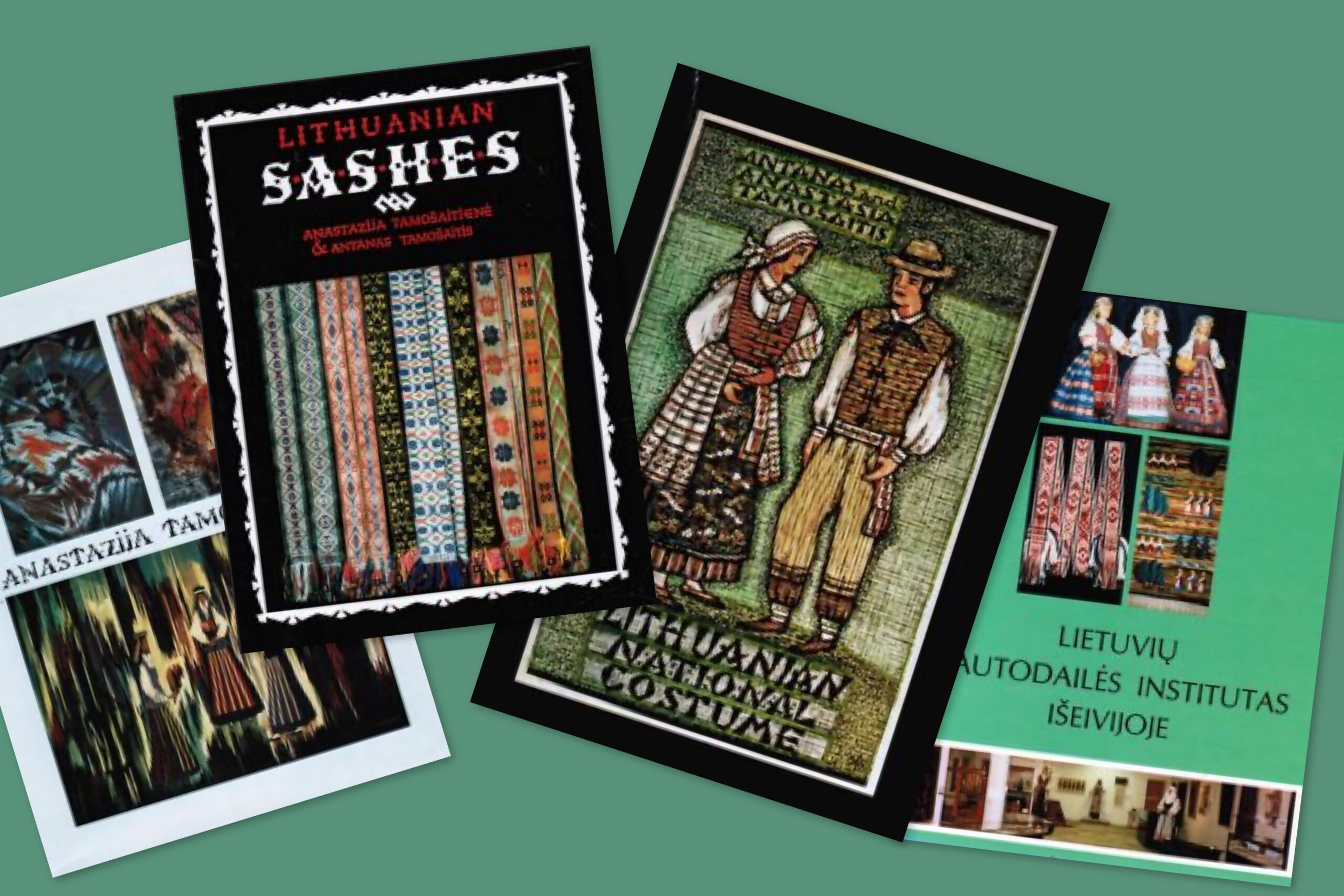
Lithuanian Folk Art Institute Books
The Lithuanian Folk Art Institute and its founders undertook the major task of publishing seminal volumes in English on several essential areas of Lithuanian Folk Art: National Costumes, Easter Eggs, and Sashes. Another book is dedicated to the multi-faceted talent of Anastazija Tamošaitienė, and finally, an album and history of the organization itself provides an overview of several decades of activity.
Non-members may view excerpts of our books below.
LTFAI members may view or download PDFs of our books. To log in to your member account or to become a member, see our Membership page.
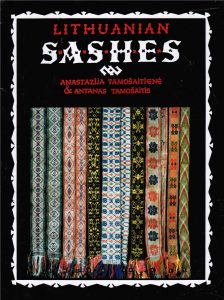
LITHUANIAN SASHES
Did you know, that among all peoples sashes are considered the very oldest and narrowest of handwoven goods? All technical skills and creativity in the field of textiles had their beginnings in sash making. This book is the most comprehensive resource on Lithuanian sashes available in English, with history, patterns and techniques, many colour plates, and illustrations of ornaments, motifs and symbols. Part Two of the book by Anastazija Tamošaitienė specifically explains and illustrates traditional Lithuanian sash-making techniques.
Tamošaitis, Antanas and Anastazija, Lithuanian Sashes. Toronto: Danaitis Associates Inc., 1988 (316 pages: 60 pages of text in English, black and white photos, 47 pages of full colour photos, over 100 coloured diagrams)

LITHUANIAN
NATIONAL COSTUME
One of the first and most important roles of the LTFAI was to compile and publish the extensive research done on folk costumes by Antanas and Anastazija Tamošaitis in various regions and villages of Lithuania. This is an album and compendium of old and new designs, geographic variations of costumes and accessories, including headwear and footwear.
Tamošaitis, Antanas and Anastasia, Lithuanian National Costume.Toronto: Time Press Litho, 1979 (256 pages, illustrated with colour and black/white photos on each page; in English)
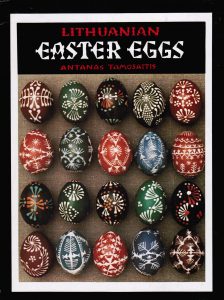
LITHUANIAN EASTER EGGS
A mythologically symbolic and precious tradition familiar to most Lithuanians is the art of decorating Easter eggs, called “margučiai”. This beautifully illustrated book is an excellent guide and a source of infinite inspiration for anyone wishing to try their hand or simply enjoy the photos and designs of this famous and fascinating folk art form.
Tamošaitis, Antanas, Lithuanian Easter Eggs. Toronto: Litho Art Ltd., 1981 (216 pages: 80 pages of text in English, numerous black and white illustrations, 135 full colour plates
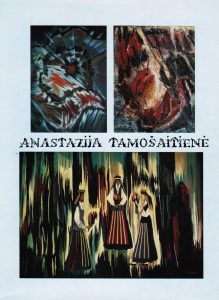
ANASTAZIJA TAMOŠAITIENĖ
Anastazija Tamošaitienė was a creative soul who produced tapestries, paintings and lithographs, as well as being a renowned teacher of weaving in the diaspora. (Anastazija is her name in Lithuanian, although the English equivalent was used in some publications.) The chronology of exhibitions of her work is extensive, both geographically and numerically: “Tamošaitienė served as Lithuania’s cultural ambassador, displaying 169 tapestries, 156 oil paintings, and 120 gouaches, along with some lithographs”, wrote her biographer. She was gifted with a “poetic palette in fibre”. The book is a bilingual catalogue of her work, with biography written in Lithuanian by V.A. Jonynas, summarized in English by Victoria Matranga.
Jonynas, Vytautas Aleksandras, Anastazija Tamošaitienė. Gananoque: 1000 Islands Publishers Ltd., 1989 (188 pages, numerous black/white and colour photos. In Lithuanian, summary of her life and work, captions in English)
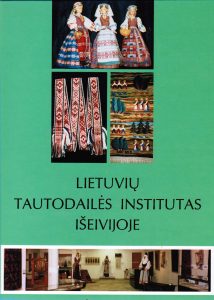
LIETUVIŲ TAUTODAILĖS INSTITUTAS IŠEIVIJOJE
An album and chronicle of the work of Anastazija and Antanas Tamošaitis and the Lithuanian Folk Art Institute, which had chapters in Toronto, Boston, Philadelphia, Chicago, New York Windsor-Detroit, and Montreal. This volume is an important testimonial to the work of its founders and all its members who brought with them and developed their artisanal gifts in the diaspora. In his introduction to this volume published in 2000 about the LTFAI, folk artist Antanas Tamošaitis wrote:
“Folk art was the soul and most precious possession of the Lithuanian villager. Our folk art was always highly esteemed, both in early times and today. As does every nation, we cherish our culture and strive to preserve it, even in the diaspora. The LTFAI was established for this very reason: to collect, research and preserve the old folk art and to create and nurture the new.“
Lietuvių tautodailės institutas išeivijoje, red./ed. Nora Kulpavičienė. Toronto: Danaitis Associates Inc., 2000 (174 pages: History of the LTFAI in Canada and USA; in Lithuanian)
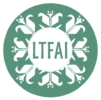
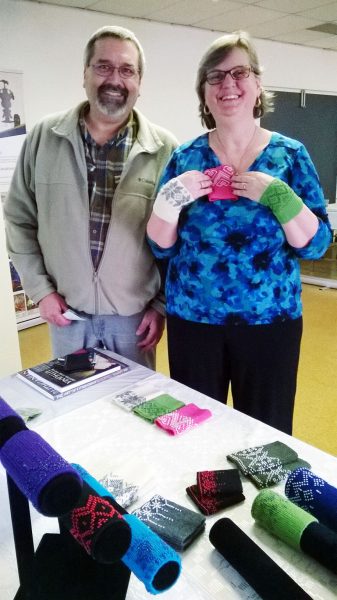 An artisan specializing in knitting. She taught a knitting workshop at the LTFAI AGM several years ago and fell in love with the organization. Not only is she a prolific author of knitting books, with “The Art of Lithuanian Knitting” under her belt, but she’s also the creative genius behind our social media presence.
An artisan specializing in knitting. She taught a knitting workshop at the LTFAI AGM several years ago and fell in love with the organization. Not only is she a prolific author of knitting books, with “The Art of Lithuanian Knitting” under her belt, but she’s also the creative genius behind our social media presence.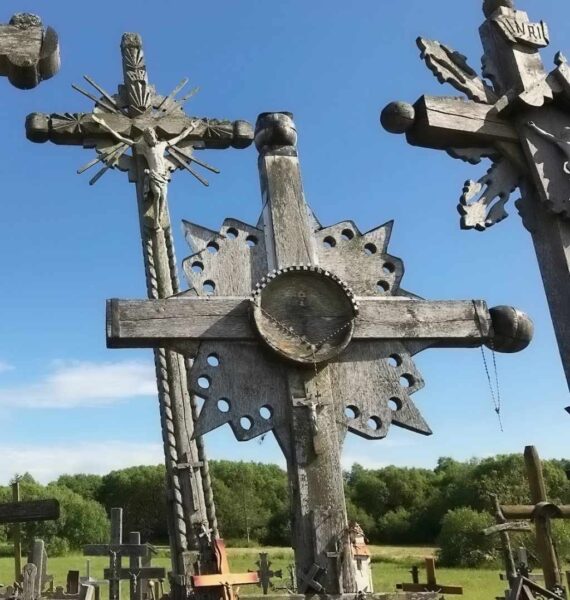


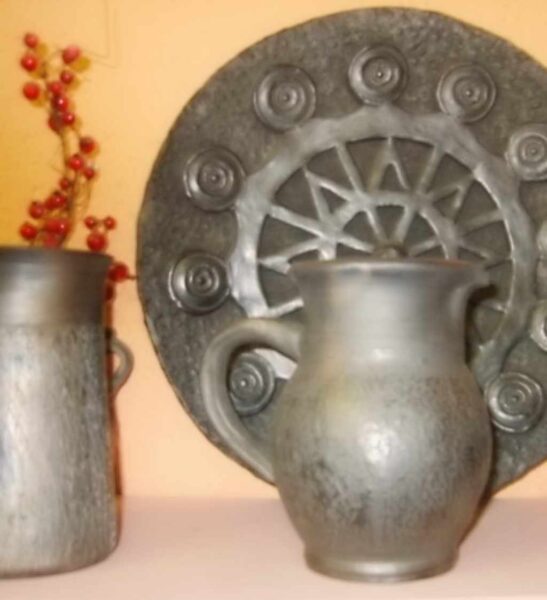

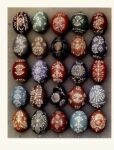
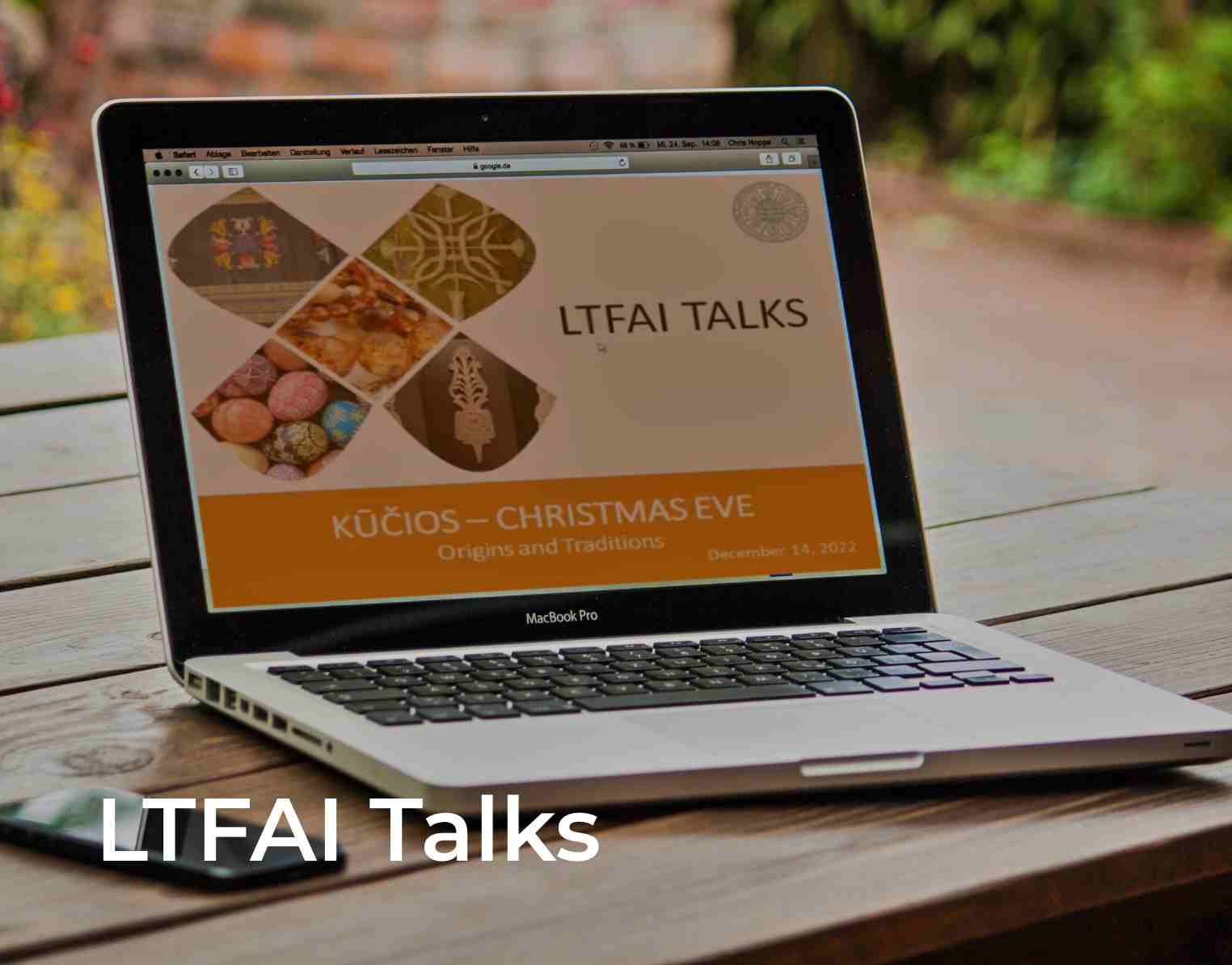
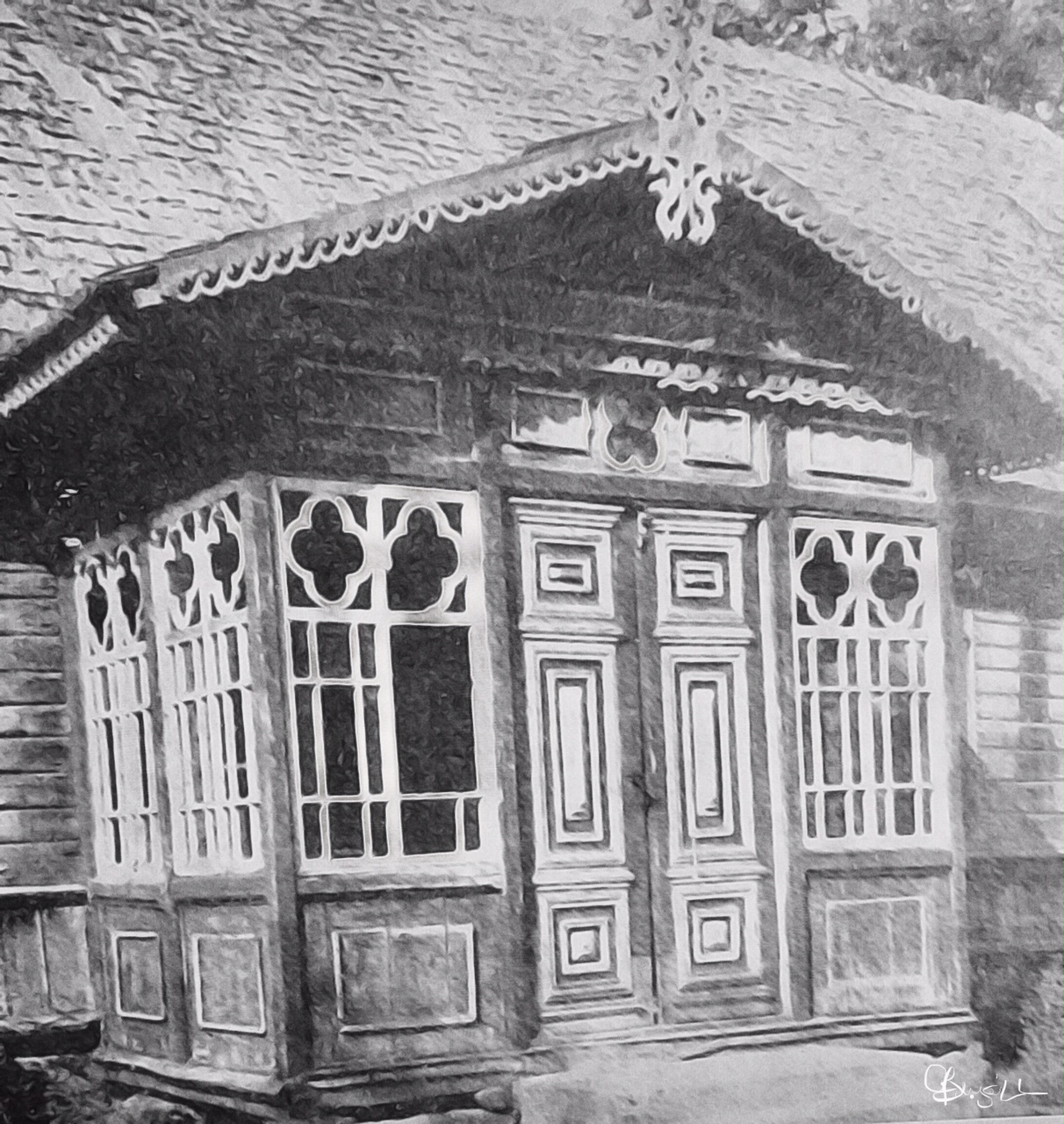
 Ramune is a translator and editor, who worked with the Canadian Lithuanian Weekly Tėviškės žiburiai as managing editor for over 20 years.
Ramune is a translator and editor, who worked with the Canadian Lithuanian Weekly Tėviškės žiburiai as managing editor for over 20 years.